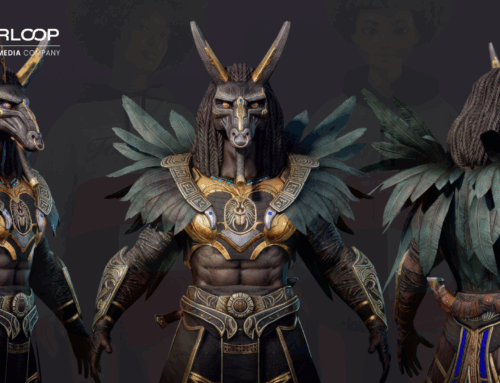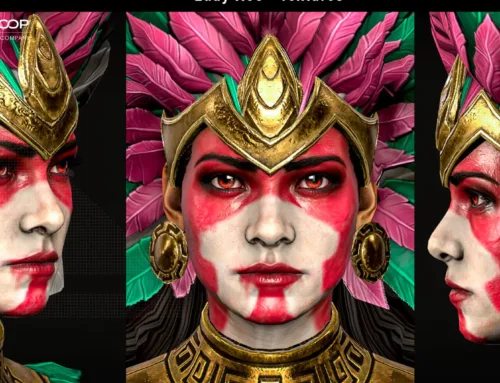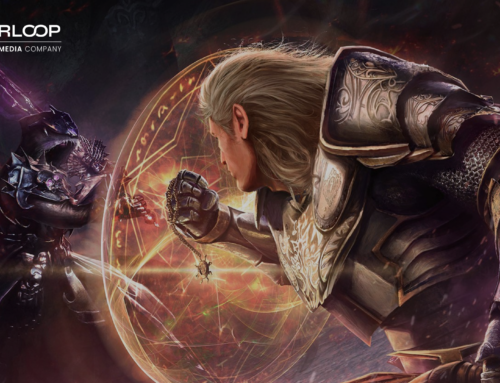Co-development has quickly, and for good reason, become a staple of the game development cycle. In any given pipeline of work, the turnaround and workload for game development is massive.
Co-development offers an instant increase in experienced and project-ready professionals. All prepared and ready to help you in delivering AAA-quality results.
What do you need in a game co-development team?
For any co-development team, it emulates the structure of an in-house team, but smaller. The overall processes and pipeline are almost identical, just changing in the final delivery and reporting stages.
There are a few key roles that any game development team needs. To start with game design and development, you need the core roles.
A programmer, who can fulfil the coding requirements and back-end development of game development. They can assist the in-house team with any tool, game, or website development for the game’s creation and release.
A designer who has a senior role in guiding the process of development. The designer needs to know the game design document (GDD) inside and out and can act as a reliable decision maker.
An artist to create in-game art and assets, but also to assist in any marketing or website material.
And then some form of project management. That could be a senior developer, a producer, or both. For co-development, these form the dual role of project leadership but also direct communication with the in-house developers.
No game makes it past concept without these roles. The steps for game development can only be fulfilled with at least some form of coverage in each of these roles. In smaller, indie studios, one or two people might occupy all of these positions. For co-development, the team may contain a handful of each role or just one for each. It all depends on the project size and overall game development time.
What defines a good video game co-development team?
Whether you’re a programmer or developer, game artist or modeler, animator, narrative designer, writer, or sound engineer, there’s one thing that makes a good team great. Paramount in the world of co-development, regardless of team roles and responsibilities, is communication. It is the height of positive characteristics for any team, and doubly so for a co-development one.
As a co-development team, it is key that your own pipeline be smooth and clear throughout. For in-house teams, it is important to see that the co-development team have a designated flow of work and QA in place before handing off any results to you.
Another positive characteristic that benefits the final product is team-wide input. If you notice that every member of the co-development team gives input and is heard, you will likely be receiving far superior results than if one person speaks, leads, and directs. While it’s important to have one person with the larger picture in mind, who can make that final calls, an open avenue of communication is integral to AAA results.
A characteristic that goes hand-in-hand with communication is good workload management. As we’ve said, building a video game, taking part in the game development cycle is a significant task. It is months upon months of hard work. If you see a co-development team communicating effectively and using that knowledge to balance the large workload – you’re in for good results.
Finally, treating the game development pipeline realistically, understanding its nuances and time-sensitive nature, all contribute to a better final title.
Tools of our co-development team
A good co-development team will be flexible and innovative regarding tools. While there are always a consistent and reliable set of tools, it’s important for a team to evolve and adapt with the times.
Our artists utilise Maya, 3ds Max, Blender, Substance Painter, Marvelous Designer, Photoshop, and more. These, as part of our complement of artistic tools, give us the flexibility to create, model, and rig, and animate whatever we need. From this list, you have access to cloth and fluid simulations, comprehensive texturing tools, and more.
Our developers are veterans with Unreal Engine 4 and Unity, as they are mainstays of the game development work. These are very common and very versatile in what they can deliver. They are currently in the process of learning Unreal Engine 5 as it comes closer to a useable, development stage. While not as common, Game Maker: Studio, Construct 2, and ClickTeam Fusion are also used.
Starloop Studios is proud to be part of the Magic Media group, an international group specialising in entertainment and gaming industry services. Our wide range of offerings includes VFX, blockchain gaming, game art services, and more. Reach out today to avail of our expertise and A-Z services for your projects.



